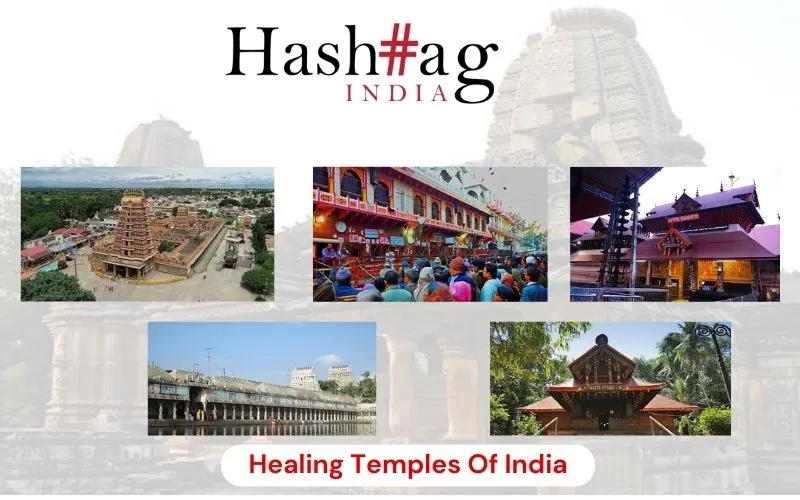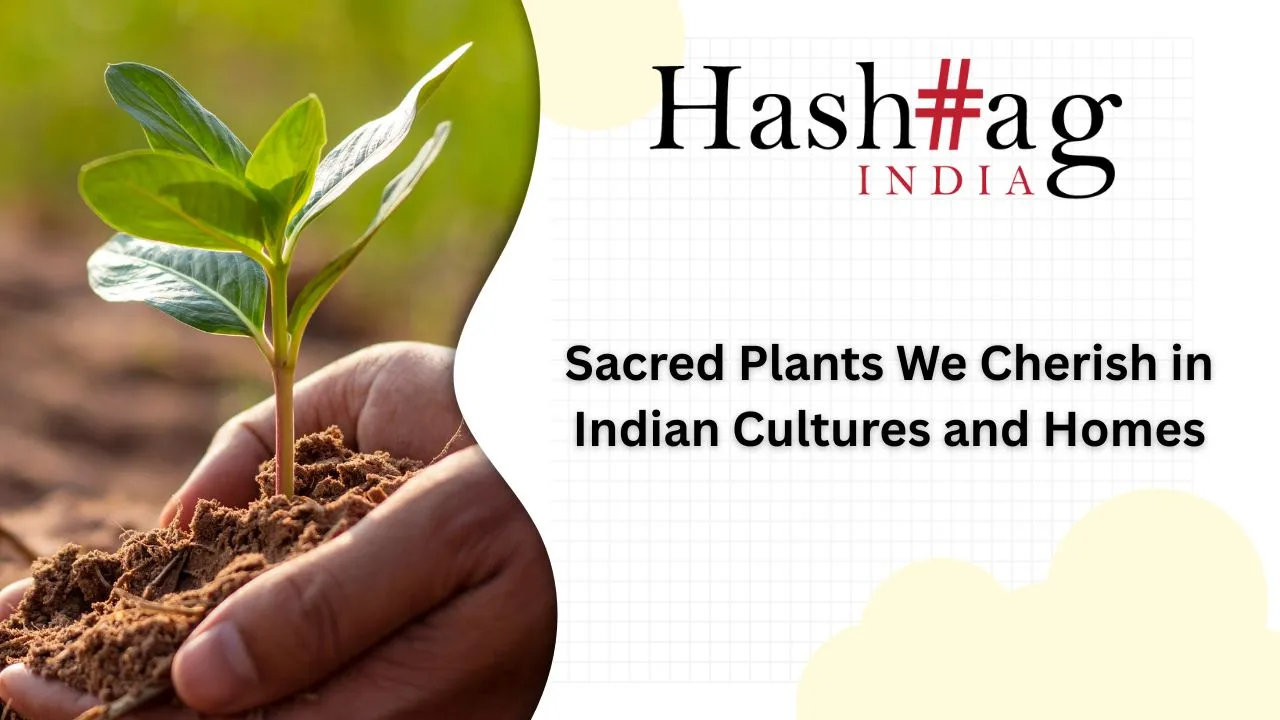Every year, we plan to enjoy good health, happiness, peace, and prosperity in our lives. We can achieve some part of it through mental and physical work. But the Vastu of the house also plays a crucial role in all the departments of life. Following the Vastu Shastra and placing certain objects in the directions and designing the house as per the Vastu Shastra will be highly beneficial to our lives. Just follow these simple Vastu tips in 2023, and lead a proper and healthy life.
Vastu Tips For 2023.
- Water Bodies Presence
Water bodies like fountains, swimming pools, and rainwater harvesting pits can be placed in the North, or Northeast directions. By placing the water bodies, the health of the house owner will be better and it will bring prosperity into our lives. Remember that the water bodies shouldn’t be kept in the south, or southeast directions.
- Main Doors
It is advised in Vastu Shastra that the main door of the house should be bigger than the rest of the doors in the house. There shouldn’t be three or more doors in a straight path. If there is any kind of obstruction in front of the entrance gate, then it will block the prosperity coming your way. So make sure that you don’t keep anything in front of the main door.
- Mirrors and Windows should be clean.
You must always keep the mirrors in the house clean. Because the dust and dirt can reduce the effectiveness of the mirrors. Also, replace any fused or broken bulbs in the house. Check whether the windows are clean or not, and replace the windows if they are broken, because dirty and broken things can bring bad luck into our lives.
4) Bedroom alignment.
The master bedroom should be designed in the southwest corner of the house. The elder of the house should sleep in that room. The best direction to sleep is towards the south or east. Sleeping in the south direction will help you to get peaceful sleep without any bad dreams. If there is a mirror opposite your bed, you can either remove it or cover it with a cloth while sleeping. The treasury box should be kept facing the Northeast direction of the master bedroom to attract wealth and prosperity.
5) Vasthu Purush Design
As per the Vasthu Shastra, it is believed that the house should be designed by following the method of Vasthu Purush. If the Vasthu Purush is rested properly in the house then there will be no disturbances. But if there are any mistakes in the alignment of the Vasthu Purush then there will be health problems, a difference of opinions, and other consequences in the house.
6) Lucky Plants
Plants and Vastu are interrelated. Some lucky plants can promote prosperity and happiness in the house. Plants like Basil, Lucky Bamboo Plant, Money Plant, Snake plant, Spider Plant, and Aloe Vera will bring good luck to your house. It is recommended that you keep these plants in the south or southwest direction of the house.
7) Worship Deity
The Worship deity of the house should be placed in the kitchen in the northeast direction. If there is less space in the kitchen, then you can keep the deity photos or idols in the east, and northeast directions of the house.
8) Fire and Water
Fire and Water are considered the major elements of the planet. Having all the elements in the house can bring good luck and prosperity. But remember that fire and water shouldn’t be aligned in the same line because it can bring major differences amongst the family members.
9) Cuts and Extensions
In the Ishanya(North East) corner of the house, there shouldn’t be any cuts in the space. If there are any cuts in the space, it will be awful for your family. So make sure that you repair the cuts as soon as possible. You can add a little bit of extension in the northeast corner to bring happiness and prosperity. Just make sure that you don’t overextend it.
10) Nameplates
Place a nameplate along with the address on the main door. It will bring more opportunities and attract wealth and prosperity into the owner’s house. You can also add a bit of lighting on the name plates which will have a quicker and better impact.
Conclusion
By following these simple Vastu tips for this upcoming year, your life will be brighter in terms of health, wealth, and overall family-related aspects.





























